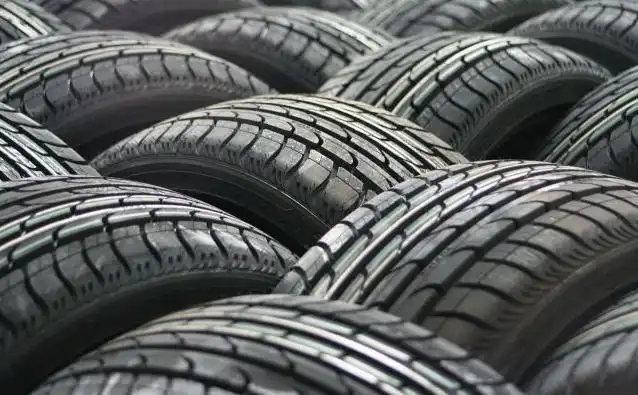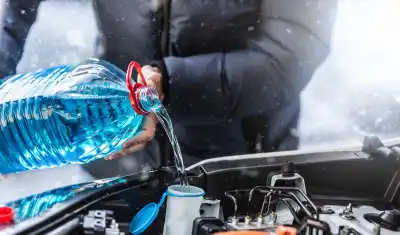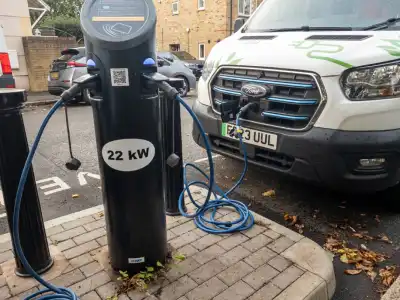
Picking a suitable tyre might seem like a daunting task, but a little knowledge makes the process far easier. It is important to choose wisely as a tyre influences the vehicle's handling/braking.
How To Read A Tyre Specification
The starting point is to recognise that not any old tyre suits any old vehicle. There are compounds for cars, 4x4s, vans and caper vans, etc. The necessary specification can be confirmed via a series of letters and numbers, say “195 55 R16 86V”. This can be found on the side of an existing tyre. Cross reference – in case a previous owner fitted the wrong tyre – using the vehicle's manual.
In our example, “195” is the tyre width in millimetres and “55” its height as a percentage of width. The “R” means “radial” which is the type of construction, and “16” is the wheel diameter in inches.
The “86” is a load rating which is how much weight the tyre can support. Most fit in the 62 (265kg) to 126 (1,700 kg) range. Finally, “V” reveals how fast the tyre can travel. Q = 100mph, R = 106mph, S = 112mph, T = 118mph, U = 124mph, H = 130mph, V = 149mph, Z = 149mph+, W = 168mph, (W) = 168mph+, Y – 186mph and (Y) = 186+.
Premium, Mid-Range And Budget
A premium tyre optimises handling, braking and traction. Life expectancy is typically 15,000 to 20,000. Furthermore, a manufacturer might work with a tyre producer to create a specific compound – known as Original Equipment (OE)- for a specific car which might be the best choice if funds permit. Premium brands include: Bridgestone, Continental, Dunlop, Goodyear and Michelin.
A mid-range tyre can be considerably cheaper as it incorporates less expensive materials, but should still perform to a high standard. Brands include: Avon, BF Goodrich, Cooper, Falken, Firestone, Kleber, Toyo and Yokohama. A budget comparative, in contrast, should work well but struggle to match a more expensive compound (particularly in the winter). Life expectancy might be shorter too. Brands include: Federal, Hankook, Kumho and Landsail.
Winter And All-Season
An all-season tyre typically performs to a high standard throughout the year in a moderate climate. However, a winter tyre should outperform it once the temperature falls below 7 Celsius – so the latter is not only for extreme conditions such as snow. On this basis, a motorist should choose either a winter or all-season tyre based on the average temperature where the vehicle spends its life.
Run-Flat
A run-flat tyre enables a driver to continue with a puncture for a short time. Long enough to exit a motorway, perhaps. This is possible thanks to a reinforced side wall that holds it in position despite the low air pressure. Not every vehicle can be fitted with a run-flat compound, so best refer to the manual or manufacture.




